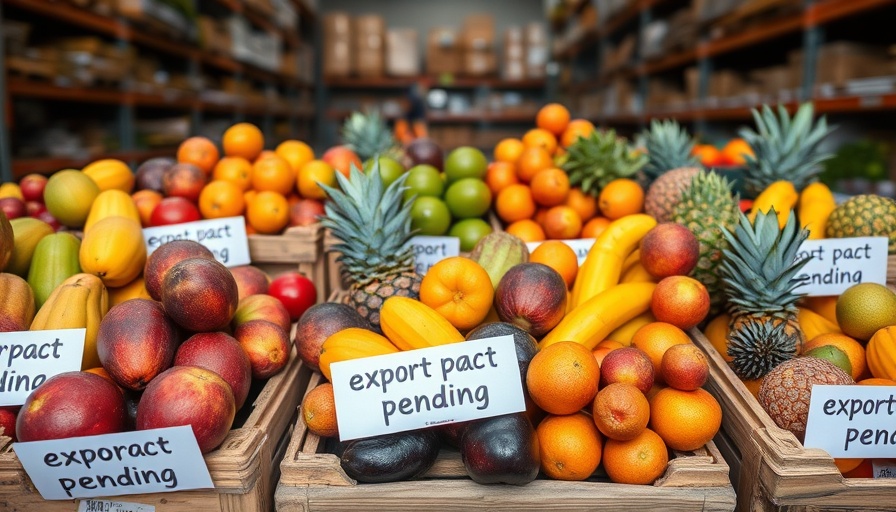
Unpacking Saudi Arabia's Vision 2030 and Its Global Impact
As Saudi Arabia embarks on a transformative journey with its Vision 2030 initiative, the world eagerly watches. This ambitious blueprint aims to diversify the economy, reducing its historical dependence on oil revenues. Undergirded by an expansive infrastructure plan and a commitment to innovation, Saudi Arabia is crafting a multifaceted ecosystem ripe for growth and opportunity.
Opportunity for Southern Africa: A Partnership Built on Strengths
With Saudi Arabia pursuing megaprojects like Neom—a highly futuristic city with green technologies—there’s an undeniable void in local expertise. To bridge this gap, Southern Africa emerges as a promising partner. The region is home to highly skilled professionals, particularly in engineering, construction, and mining, who have honed their skills against the backdrop of rigorous international standards.
Moreover, South African artisans bring with them not only technical prowess but also fluency in English, which facilitates smoother communication in predominantly Arabic-speaking environments. This aptitude reduces barriers and fosters a collaborative spirit essential for the completion of large-scale projects.
The Role of Renewable Energy in Vision 2030
Saudi Arabia's commitment to renewable energy is at the heart of its Vision 2030. The nation is heavily investing in green hydrogen projects, notably at Neom, aiming to become a leader in sustainable energy production. This shift necessitates specialized skills in energy infrastructure, creating a fertile ground for experienced Southern African workers to contribute significantly to these initiatives.
Local Skills Meet Global Standards: A Winning Combination
Southern Africa's workforce presents a unique blend of technical skill and adaptability, essential traits in fast-paced projects like those envisioned by Saudi Arabia. The region’s exposure to diverse cultures strengthens its professionals' ability to integrate into international work environments efficiently. Consequently, this adaptability positions Southern African labor as a valuable asset in meeting Saudi Arabia’s burgeoning demands for expertise.
Future Predictions: What Lies Ahead for Southern African Workers?
As Saudi Arabia ramps up its grand projects, the demand for skilled labor is only expected to increase. Organizations in Southern Africa must proactively prepare their workforce, emphasizing STEM education and ensuring that the skills taught align with the emerging needs in energy, construction, and technology sectors overseas. Additionally, forging partnerships with Saudi firms could also help facilitate smoother transitions for workers seeking opportunities.
Counterarguments: What Challenges May Arise?
While the potential for Southern Africa in Saudi Arabia’s Vision 2030 is promising, challenges inevitably accompany such opportunities. Economic fluctuations, shifting political landscapes, and the potential for saturation in certain job markets could impact Southern African workers' prospects. Moreover, cultural adjustment and differing workplace norms may pose obstacles, necessitating thorough preparation and support for workers.
Actionable Insights: Steps for Southern African Professionals
For Southern African professionals eyeing opportunities in Saudi Arabia, a few actionable steps can ensure preparedness. First, enhancing technical skills through relevant training and certifications can bolster employability. Second, engaging in language programs to improve Arabic proficiency may enhance workplace integration. Lastly, staying informed about the latest trends in renewable energy and construction technologies will position workers as frontrunners in this competitive environment.
Conclusion: Embrace the Future of Work
Saudi Arabia's Vision 2030 heralds a new era of opportunity for Southern African professionals. By tapping into their skills and adaptability, they can play a crucial role in shaping the future of this ambitious initiative. As both regions work together, this partnership could lead to innovative solutions and economic prosperity. So, ready yourself for the challenges and opportunities this evolving landscape presents.
 Add Row
Add Row  Add
Add 




Write A Comment